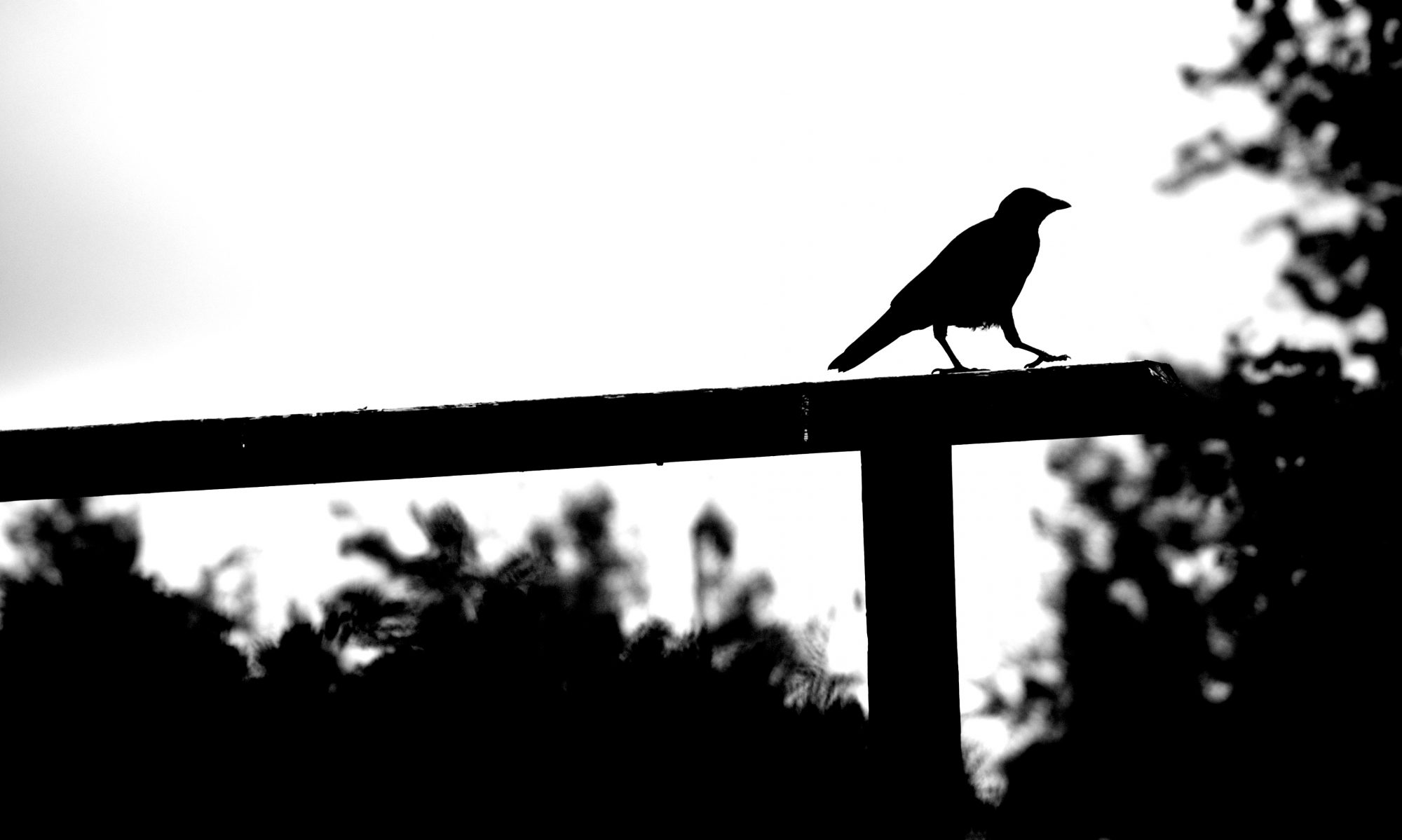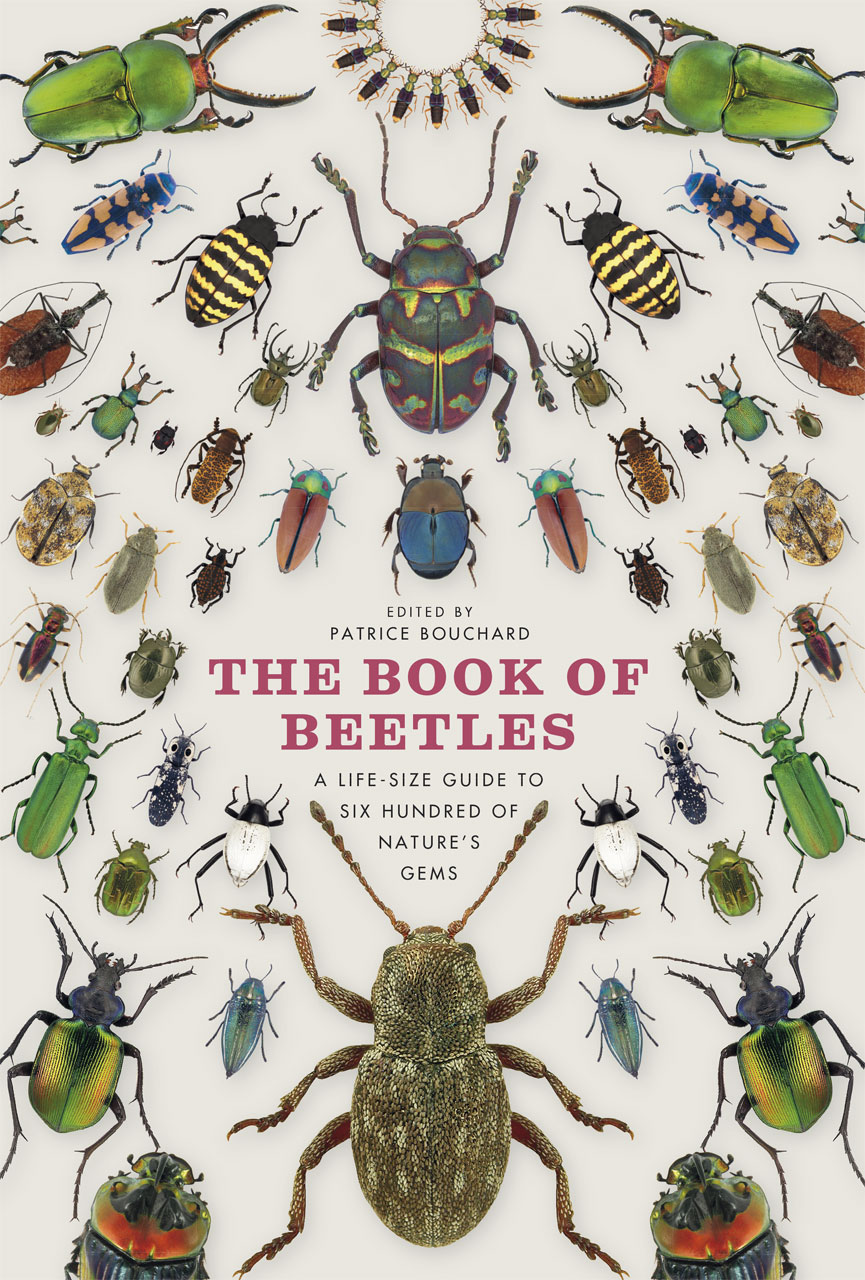Between 7 and 21 November I flew across the country and back two times. Once for the Entomological Society of Canada Joint Annual Meeting (in lovely Montreal) and the other time for the annual CCUBC meeting (again in Montreal). I don’t normally travel this much, let alone in such a temporally concentrated manner. As a bit of a homebody, I am not a big fan of travel and prefer to keep my periodic migrations to a minimum. Don’t get me wrong, I benefitted greatly from attending both of these events, and I wouldn’t have missed either. But if there had been a way to teleport me to and from Montreal, I would have taken it even if I would have risked scrambling my atoms in the process.
No matter the complaints about the mounting security- and fee-based inconvenience of air travel, this mode has always been and will always be a heck of a lot easier than much of the travel that our near ancestors experienced. As a passenger I get to transition between climate-controlled airport gate to climate-controlled airplane with the only winter chill sometimes encountered on the boarding ramp. The food isn’t always great, but it’s not terrible, and I can find meals, snacks, and drinks (a glass of Merlot, even!) easily between flights and on the aircraft. Long travel – keeping in mind that on these trips “long” is measured in hours instead of the days or weeks of the past – can be somewhat boredom inducing. But there are in-flight entertainment systems, and I hear that we’ll all be on WiFi on aircraft pretty soon.
So this all means that I can move thousands of kilometres in a few hours; I can stay warm and fed; and I am given tools to zone my brain out. All I need to do is plug in my headset and pick a movie. And voilà! Next thing I know we’re landing, brain happily disengaged the whole way.
This time, however, I was not as lucky. Or scratch that, maybe I was especially lucky, although I didn’t immediately think that I was. Specifically on three of the four legs of my flight I was assigned to the same seat in what I suspect was the same plane. The entertainment system in seat 30K had something wonky with its sound production, which meant that the music tracks of movies worked, but the spoken track sounded a lot like adults in Charlie Brown animations.
The first time that I experienced this “horrid” inconvenience I thought about buzzing the flight attendant to see what they could do about my predicament. But – perhaps because the selection of movies was iffy, or perhaps because I subconsciously knew that my brain needed a break – I decided to see how things went without a few hours of eye/brain candy. In the end I spent 15 or 20 hours during that two week span with nothing but a couple of books, the music supplied by Air Canada (decent little jazz selection, as it turns out), and my window to keep me company.
Having silence imposed on me reminded me of how little silence I generally get on a regular basis. And it also made me wonder once again if the lack of what might be called “boredom” in our daily lives has curtailed our ability to simply think. In fact I suspect that what we call boredom is really better thought of as solitude. And from what I’ve experienced it can be the best natural state of my brain – the state in which it can work at maximum revs.
During those hours in the air I read this fantastic book of poetry, and I plan to write a review at some point in the future. Short review: get it, you’ll be glad that you did. I also reread a few chapters from this book, and read some portions of this book, which I picked up from the ESC students’ silent auction.
I also stared out of the window a lot of the time. And, when you really think about it, there’s no way that if one of our ancestors – if she were transported from the past onto a plane 40,000 feet above the Rockies or the prairies or the Canadian shield – would stare aimlessly at a terrible rendition of The Fantastic Four. She’d be at the window the whole time. We’ve become so used to the technology of flight that we really don’t even care that we are doing something that humans have dreamed of from the time that they contemplated the birds around them. The only time we really even notice the amazingness of what we are doing is when we hit turbulence.
So, here are a few of my in-flight window musings:
- We are so tiny. At 40,000 feet I am told that the furthest that one can see due to the curvature of the earth is about 400 km. Assuming that’s true (someone feel free to correct that if you would like to do the math), and that the distance as the crow flies between Vancouver and Montreal is about 3700 km, I would have had the opportunity to see about 1.48 million square km. Again, feel free to correct my rough estimates here, but one way or the other it’s a big number. During much of that time there were very few to no blatantly visible signs of humans below me. Perhaps a single road here or there, but that was about it. Even accounting for such a massive trip there was still a bit of Canada to the west, a larger bit to the east, and a vast swath to the north. At one point we passed a few dozen kilometres south of Calgary at night, and even such a sprawling city was just a moderate collection of lights on a vast sea of dark prairie. The ultimate tininess of humanity really hits home at 40,000 feet.
- We punch above our weight. But just the fact that I was flying in a metal tube at 40,000 feet and traveling at over 800 km/h says something else. It says that though we are small, we have a massive impact. My carbon footprint on all four flights is calculated at 2.34 metric tons. An average stone in the Egyptian pyramids weighs 2.3 metric tons. That’s how much my trip, alone, spewed out – a pyramid stone’s worth! That’s big impact, multiplied by many, many people. Crossing the prairies I was reminded of how that entire ecosystem has been radically reworked by humans, another example of our bigness. And even above some of the areas that I thought would be the most isolated, I could still see the telltale little lights of small human settlements dotted here and there on the landscape.
- We are connected. Below me I saw the various cities where my extended family lives. I passed within sight of both of my alma maters. I flew almost directly above many of my friends, professional colleagues, and various acquaintances. (One nice thing about the in-flight screen is that it shows all of the cites and towns on a map as you pass by them.) As I flew near each place I had some moments to think of each person who I knew below. There was pretty much no spot across Canada where I could say that I did not know someone within sight of my plane.
How do I tie this all together? Honestly, I’m not sure. These are simply some of the places that my thoughts went while in enforced solitude. In 15 or 20 hours, of course, I’d like to think that more than only these thoughts happened in my brain. Indeed, those thoughts and others continue to come back to me days after my travel is over. The question is, how do I ensure that I let my brain get back to being “bored” – or, rather, naturally active – again?


